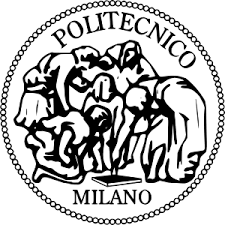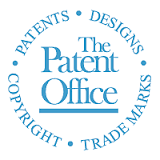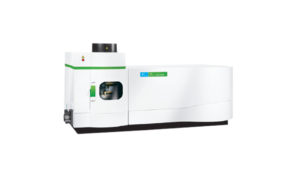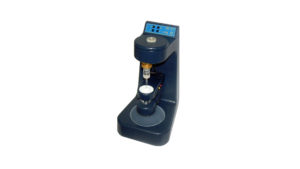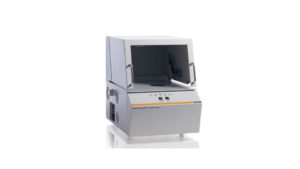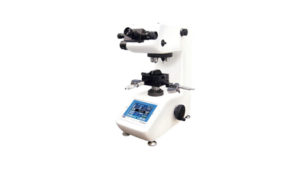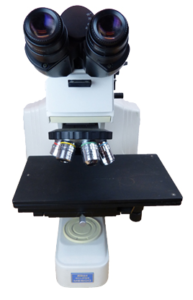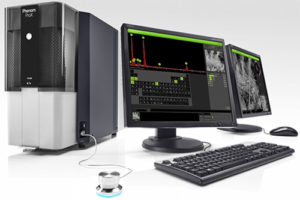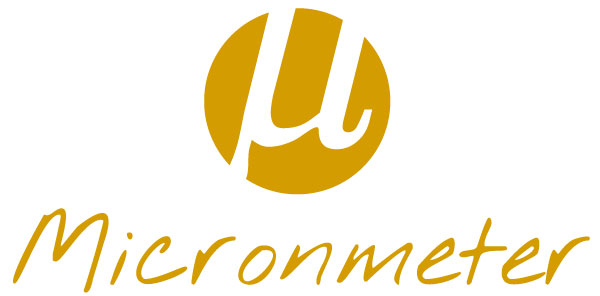We at Metalcoating keep the mind in constant training because we like to imagine ever new and exciting development horizons. Since 1984 we have been studying and designing new coatings, to build the future piece by piece for our company and our customers, with the energy of ideas and the force of intuition. We like to get ahead of the market by putting in all our best resources.
We are constantly updating to ensure compliance with regulations, such as REACH and RoHS, and to improve the characteristics of our processes as much as possible.
We are the first company to offer a valid alternative to the hard chrome plating process (CarboNiP).





